It’s time for another article in the most popular series on Traveling Savage. These Itinerary Ideas highlight different regions of Scotland and provide a handy batch of activities, sights, and experiences I’ve collected during my explorations. I look at it as an homage to the area, one I plan to make for every corner of Scotland. Today I’m highlighting Sutherland, a far-flung destination in the far north of the Scottish mainland.
These Scotland Itinerary Ideas collect many of my previous articles on the selected region into one place, along with my assessment of their importance for the visitor and a bevy of useful tidbits that might’ve gotten lost along the way. At the end of the day, these articles should be useful cheat sheets to refer to when you begin dreaming up your trip, and they are especially good starting points when you decide to contact me for help in planning your trip to Scotland.
Without further ado, enjoy these juicy tidbits from around Sutherland.
Sutherland
Sutherland lies to the north, beyond the tourist trail stretching from Inverness to Skye, beyond even Ross-shire’s emerald sweep. It occupies three different coastlines with only a small slice of the northeast given to Caithness, with countless folds, glens, and lochs waiting quietly in the interior to be discovered by the transient visitor. The natural beauty of Sutherland is one of variety where the mountains of the south slide down to level pastureland in the northeast, and while the beauty is undeniable Sutherland’s sordid history follows it like a shadow. The Highland Clearances struck this part of Scotland hardest, and as you make your way along the coasts and upon the narrow inland roads you will see little of man’s presence beyond a scattering of houses and endless pastures. Today, this is the solace some seek on a visit to Scotland, and they will find it here in spades.
Things You Can’t Miss
Dun Dornaigil Broch. If you’re planning a trip to Scotland and ancient structures are your bag, you’ve certainly stumbled upon Orkney’s treasure trove of Neolithic sites, Shetland’s Mousa Broch, and probably many of the drystone dwellings along the west coast and among the Hebrides. This one, Dun Dornaigil Broch, seems to slip off the radar, and woe to those who fail to find it. It’s easy to see why. The broch is tucked in a narrow glen due south of Loch Hope and can be reached only after half an hour of very rough single-track road. But the payoff is immense and humbling, a structure of such mystery, antiquity, and resilience.
The Wee Mad Road of Sutherland. Look at any map of Scotland and you’ll quickly gain a sense of the hierarchy of roadways. Some roads are so small they don’t have numbers or even names, they’re just squiggly white lines on the most detailed maps. Case in point: The Wee Mad Road of Sutherland. When a road has a name like that in local parlance it tends to grab my attention. This road, which defies attempts to pin down its exact length, is a snaking span of coastal road north of Ullapool just off the North Coast 500 route that requires a plodding pace and careful attention to the road, but it repays that care with endlessly beautiful coastal highland landscapes and some of the remotest feeling you can find in Scotland. Not only that, it serves to highlight all of Sutherland’s natural gifts in a tidy package.
Castle Varrich, Loch Eriboll, Ben Hope, and Ben Loyal. The northwestern horn of the North Coast 500 including Durness, Loch Eriboll, and Tongue is home to several incredible stops. Chief among those is Castle Varrich, a small, ruined tower house on a hill opposite Tongue. Not much is known about the castle. The exact age and origin are mysteries, though prevailing wisdom states that it was built in the 1400s on the site of an older Norse fort. One tale tells of a Thorfinn who fought a pitched sea battle here in the 11th century, while another one relates that this was the ancient seat of Clan Mackay. Close to Castle Varrich stand the twins Ben Hope and Ben Loyal, two lonely mountains in a steadily flattening landscape, and the wide, deep sweep of Loch Eriboll.
Things You Shouldn’t Miss
Smoo Cave. Smoo Cave stands directly beneath the A838 on the east side of Durness. A path zig-zags down the side of the hill to the inlet and the cave’s mouth where you get the first true sense of its enormity, the largest cave in Britain. Smoo Cave is made more unique by the fact that the deeper chambers were created by freshwater run-off dissolving the carbonate dolostones. It’s a geological wonder with many attached myths. For many centuries the cave was believed to be the residence of none other than Satan himself, so it was no surprise when locals found bodies dumped in the cave system. These were simply men who’d crossed the local laird, however, not paladins struck down by the lord of darkness.
Clynelish distillery. Halfway from Inverness to Orkney on the A9 stands the small town of Brora, where you’ll find Clynelish distillery. Clynelish is another feather in Diageo’s whisky cap, but whereas Talisker, Lagavulin, Dalwhinnie, and Glenkinchie are more often in the spotlight, Clynelish has flown under the radar for a long time. Clynelish, known primarily as a blending whisky for Johnnie Walker Gold, has produced a distinctive single malt for over a decade, and, as far as whisky hunters are concerned, the distillery has one of the most interesting histories in the industry. Clynelish really has no analog.
Western Sutherland’s Beaches. Sutherland’s northwestern coastline is studded with pristine strips of white and red sand beaches. More often than not you’ll find yourself alone with the wind, waves, and gulls with nothing to remind you of the current era. From Achmelvich to Oldshoremore to Sandwood Bay, these off-the-off-the-beaten-path beaches blossom under the onslaught of north Atlantic waves amidst incredibly ancient cliffs falling into crystal-clear waters. Pack a lunch, all-weather gear, and a zen attitude.
Things to Do Off the Beaten Path
The Bone Caves of Inchnadamph. The Durnessian Limestone of Assynt is shot through with the largest cave formation in Scotland, of which the Bone Caves of Inchnadamph are part. The caves peer out from the limestone cliff called the Creag nan Uamh (Crag of the Caves) on the northern face of Beinn an Fhuarain, and within the trio of recesses geologists have found thousands of antler and bone fragments from reindeer, arctic foxes, lynxes, wolves, bears, and even humans from up to 45,000 years ago! From a nondescript parking area the hike leads through a rocky valley before steadily climbing the mountain’s steep, scree-covered slope. The hike to the Bone Caves of Inchnadamph is long, difficult, scary, and completely worth it.
Handa Island. Handa Island is a paradise for those who seek to get away from it all. The island, just off the far northwest coast near Scourie, takes in amazing cliffs riffled with orange lichen and purple wildflowers, deep clefts and collapsed sea caves, and views out to blips of rock where seals bake in the sun. Handa is home to 200,000 seabirds, including puffins, and a visit here should find its way onto your itinerary if you’re into birding, photography, wildlife, or wildflowers. Bring a packed lunch and refreshments to enjoy on the clifftops or on the pristine white sand sliding into turquoise waters.
The Falls of Kirkaig. In the highlands southeast of Lochinver exists the Falls of Kirkaig, a pretty waterfall that makes an ideal hike destination. The journey begins at a small parking lot where a level path hugs the River Kirkaig before climbing steadily into the hills to traverse heath and soggy upland. Amazing views of the northwestern mountains like Suilven reveal themselves as you rise above the tree line. The hike is five miles round trip over fairly rough terrain, so this is a moderately difficult slog. The views of the mountains and eventually the Falls itself make for an amazing day out hiking the Scottish highlands.
Logistics & Salient Bits
Bases. Sutherland occupies a huge swath of Scotland’s northernmost landmass, and as a result you can’t really do all of Sutherland from any one base. The interior of Sutherland is mostly unpeopled rolling moorland shot through with long lochs and glens. It’s a good place to disappear (be careful, the terrain can be treacherous and disorienting) but there’s little in the way of sights to draw you. I recommend sticking to the west and east coasts of Sutherland, particularly the west. Lochinver, Kylesku, and Durness make ideal bases on the west coast, but since you’re going to be driving a lot it’s more about finding the right accommodation for you than staying in any particular town. The Kylesku Hotel, Mackay’s Rooms, and The Albannach Hotel are all nice places to stay. On the east coast, Golspie and Brora are the liveliest towns and near eastern Sutherland’s highlights.
Transportation. Much like Wester Ross, the best way to explore Sutherland is by rental car. Public transportation out here is scant and wouldn’t get you to many of the places I’ve listed above. Focus your explorations on the west coast and the westernmost portion of the north coast from Durness to Tongue, and make sure you leave the “main” road to explore the small roads snaking beneath mountains and along the coast. The east coast of Sutherland has far better public transportation options with the A9 running through it and the train running up to Wick and Thurso in Caithness, but it’s not as much fun to explore by car.
Food & Drink. You will find incredibly fresh seafood along Sutherland’s coasts, as well game from the interior. Some of the restaurant highlights in the region include The Kylesku Hotel, The Caberfeidh in Lochinver, The Old School near Kinlochbervie, and The Sutherland Inn in Brora. Sutherland is pretty thin in terms of food & drink compared to the rest of mainland Scotland, so plan to shop and cook for yourself some of the time if you have the facility.
I hope you’ve found some itinerary ideas that catch your interest. Sutherland is an under-the-radar locale with a host of naturally beautiful sights anchoring the North Coast 500.

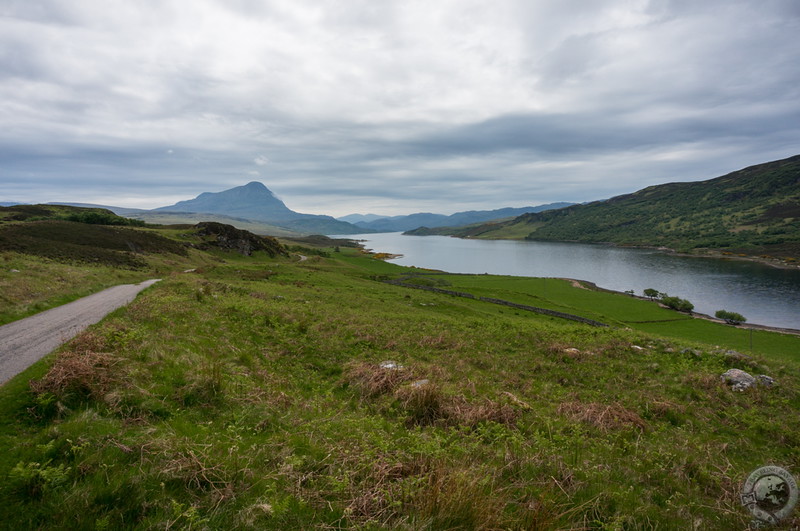
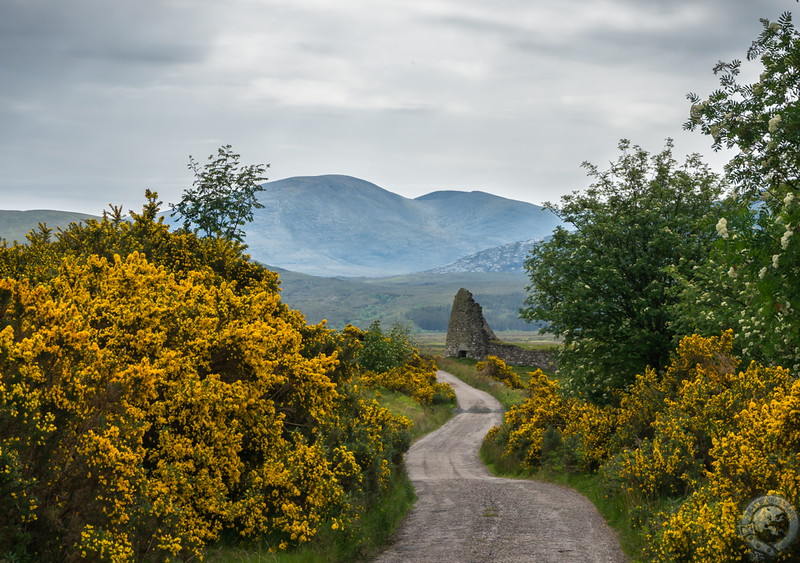
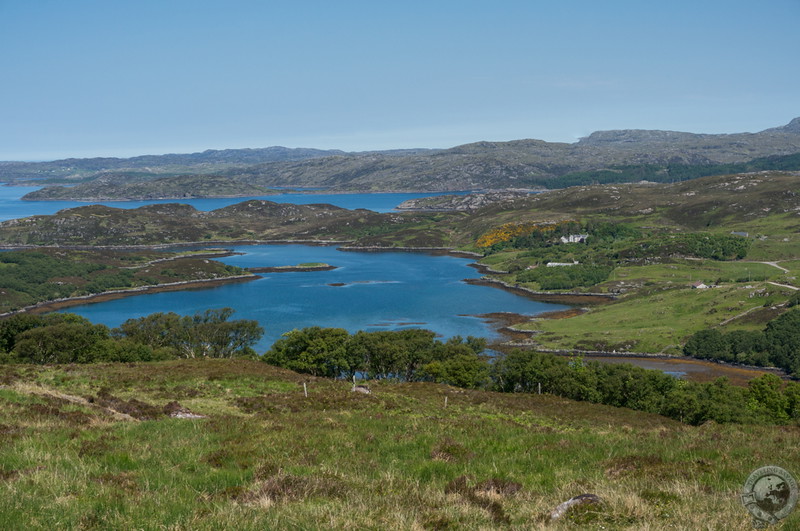
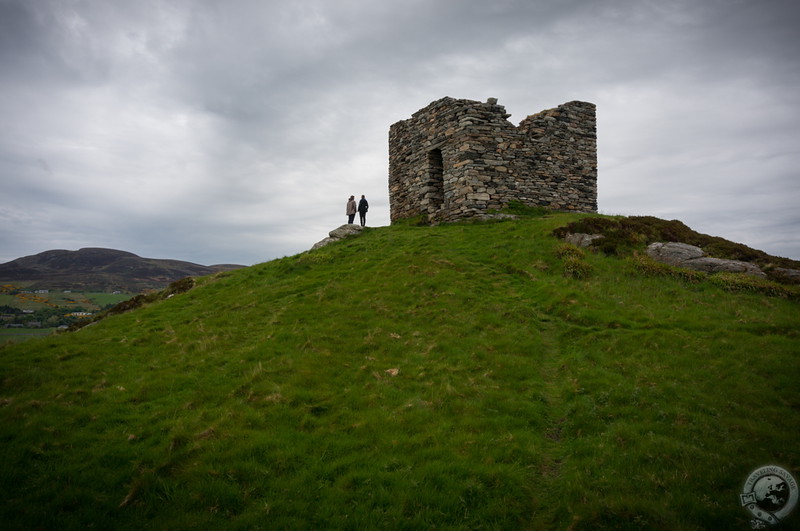
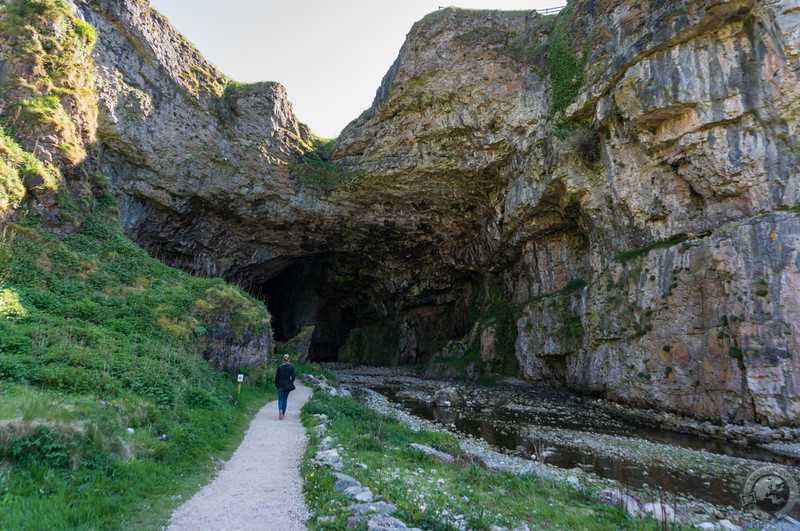
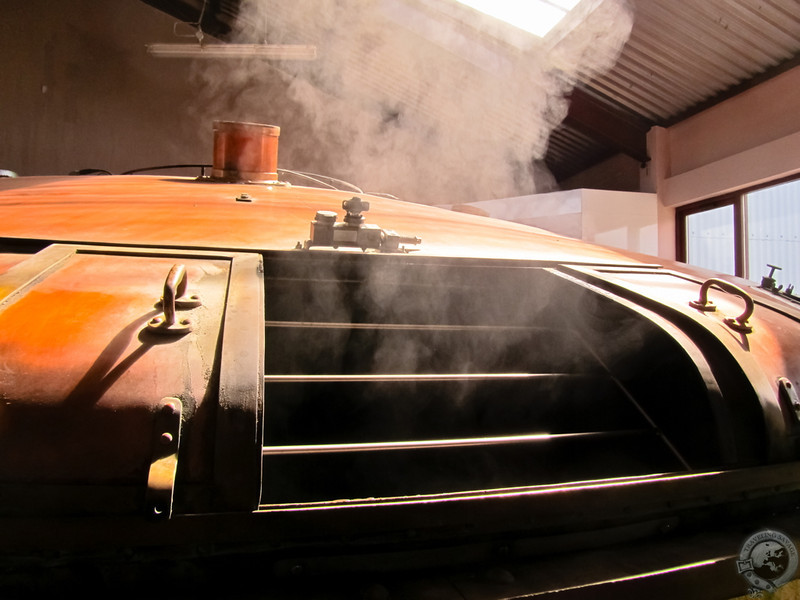
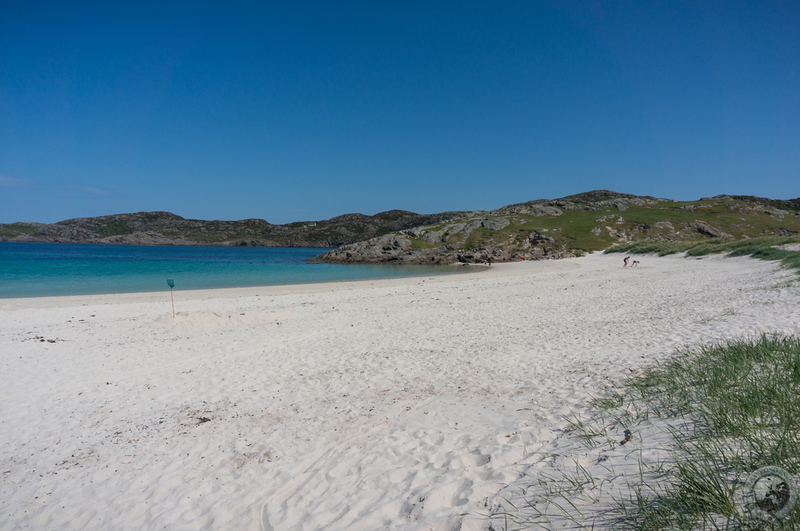
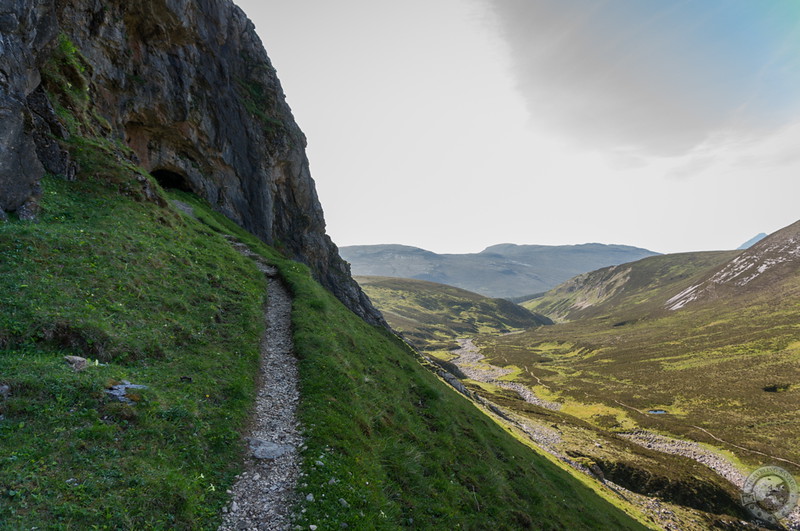
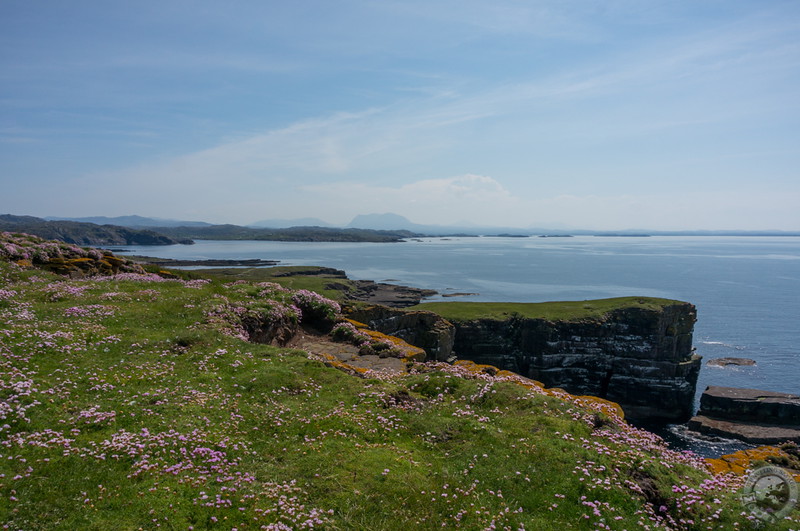
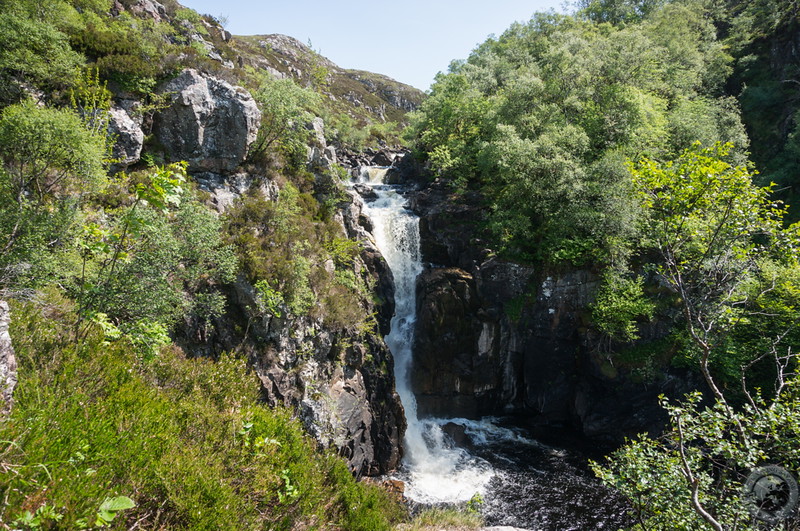
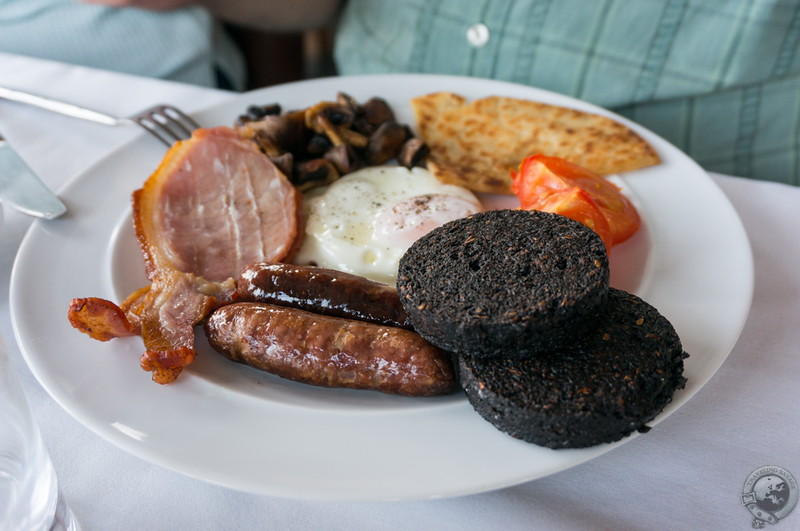
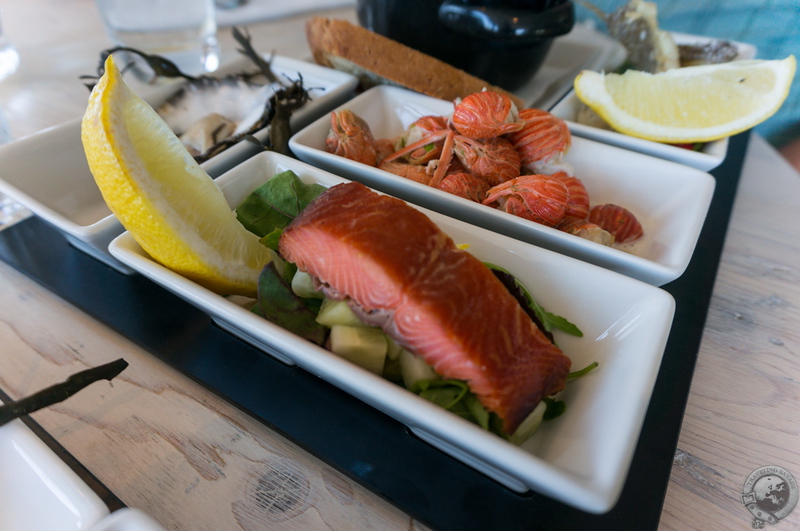
Thank you for the information and pictures. I’m an American and looking to bring my wife and daughter to our first trip to Scotland soon. There are so many places around Sutherland that I would like to see that I’m trying to figure out a logical approach that is peaceful, well-planned, and full of surprises. I’m going to bookmark your website for a resource. I just wanted to say thank-you. I appreciate both the descriptions and the pictures.
-Michael
Thanks for the note, Michael! Glad you’re finding the site helpful!
My great grandfather came from Scotland. My sister and l would like to visit the Sutherland area , his family name was Sutherland. We have always wanted to come and find out more about his history. Thank your for all the great information.
9g8mxl
93cz70
0zep8j